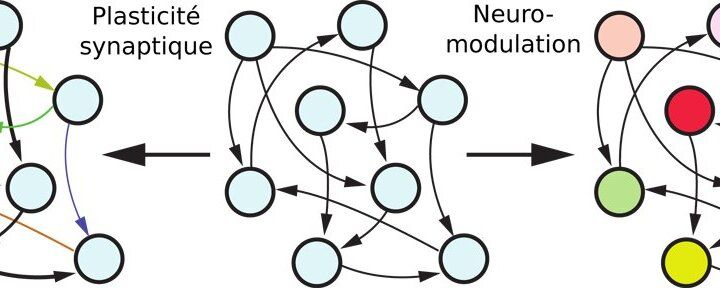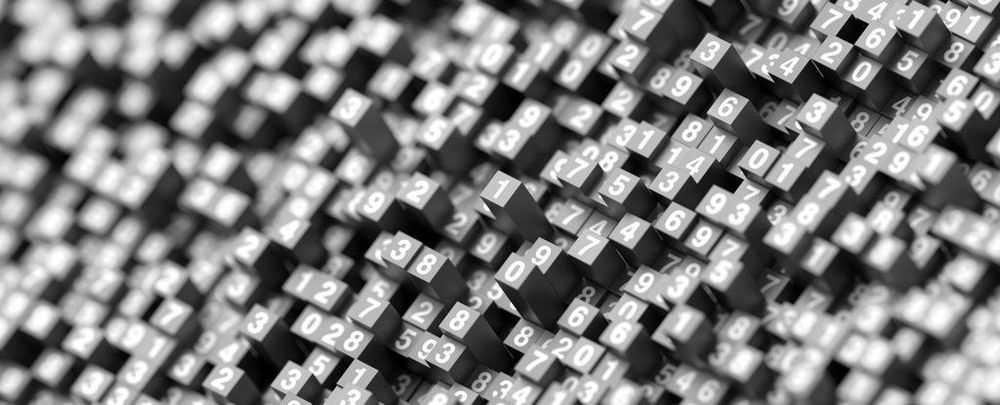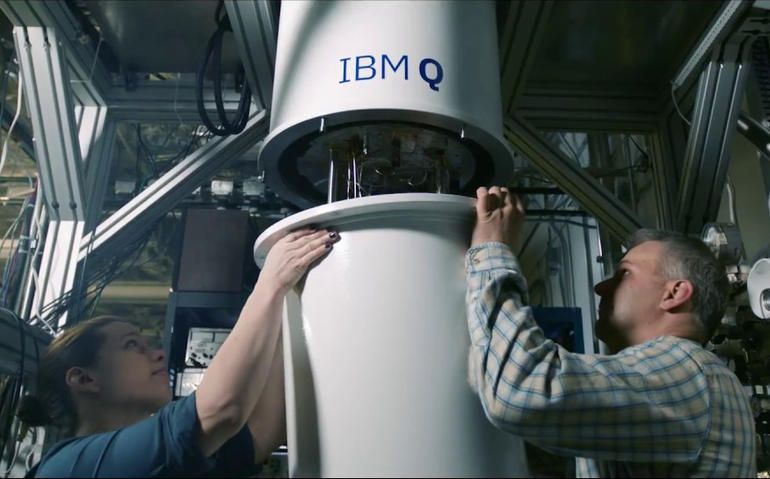Well, it’s a good thing, but not what I was hoping for. 3 gene therapies though Church is otherwise testing 45. But this is not the rejuvenation I was getting optimistic about. Still, I’m sure as I am getting older that I will be grateful when a treatment comes my way for something when I am elderly. But frankly this was overhyped from the start and I was part of that equation spreading a “2025” figure for some time.
Gene Therapy.
An ‘anti-aging’ gene therapy trial in dogs begins, and Rejuvenate Bio hopes humans will be next.
The startup, spun out of George Church’s lab, has tested an experimental therapy that treats four age-related diseases in mice.
by.










